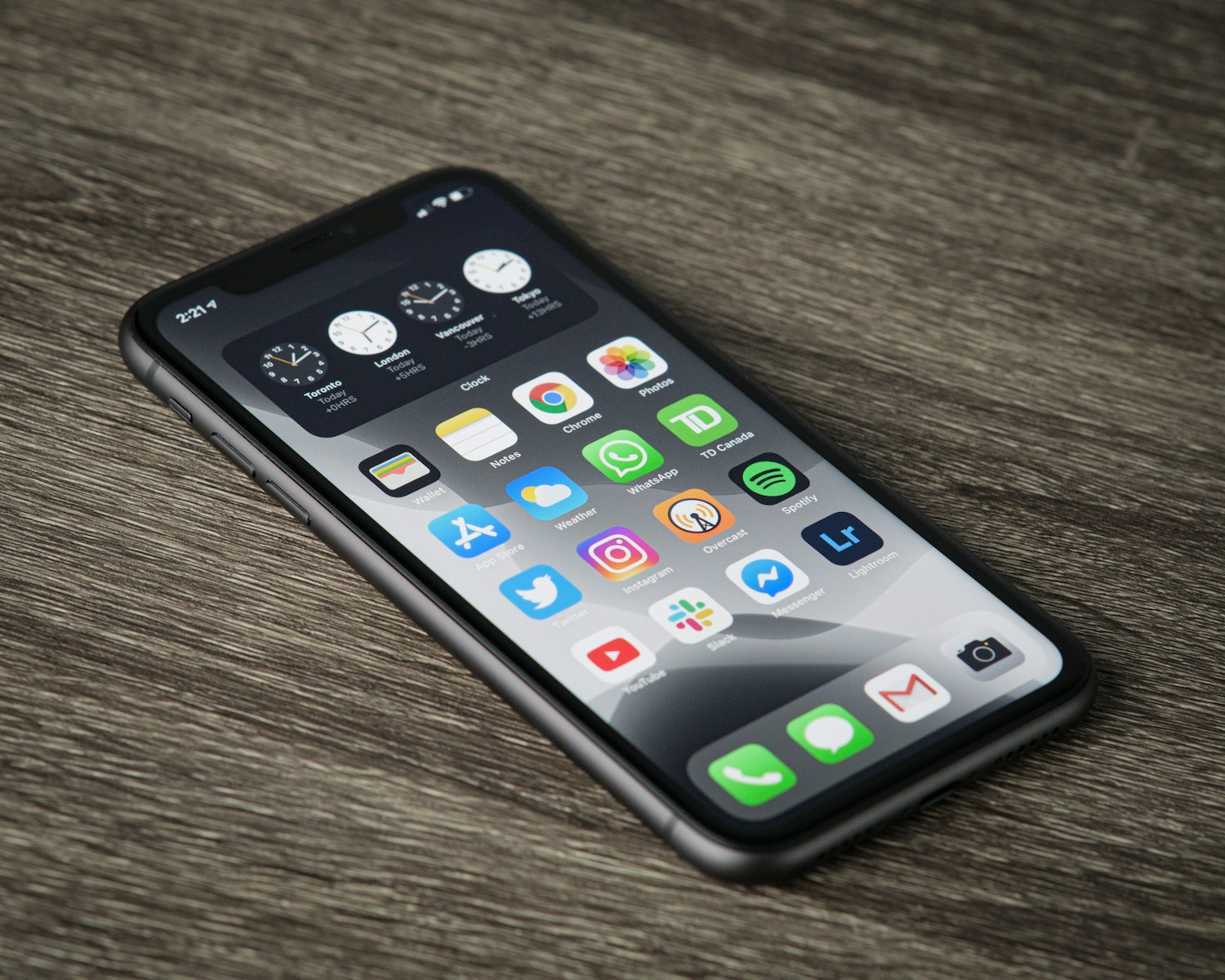Smartphones are powerful devices capable of multitasking and running complex applications. However, there are certain limitations, such as the inability to stream two videos or play two sounds simultaneously on most devices. This limitation is not just a matter of hardware capability but also involves software design, user experience considerations, and technical constraints. Let’s explore in detail why smartphones typically can’t handle these dual tasks simultaneously.
Hardware and Software Limitations
The constraints on smartphones stem from both hardware and software design choices. These choices are made to optimize performance, ensure user satisfaction, and maintain device integrity.
Audio Subsystem Design
Single Audio Output Channel
Most smartphones are designed with a single audio output channel, meaning only one sound stream can be played through the speaker or headphones at a time. This design simplifies audio processing and ensures a consistent user experience. Imagine listening to music while receiving an incoming call — the overlap could lead to a confusing or unpleasant experience. The single-channel design helps avoid this.
Audio Focus Management
Smartphone operating systems use a concept called “audio focus” to manage which app controls the audio output. When an app requests audio focus, it takes control of the audio output, and other apps playing sound are typically paused or stopped. This prevents overlapping sounds and ensures that the user’s attention is directed to the active app. For example, listening to a podcast while a navigation app provides directions would result in a seamless transition, where the podcast pauses briefly for the directional audio.
Video Rendering and Display
Screen Real Estate
Smartphones have limited screen space, making it challenging to display two videos side by side or picture-in-picture. Even if the hardware supports rendering two videos, user experience could suffer due to reduced visibility and interaction difficulty. Picture a smartphone trying to cram two movie scenes into its small display; the effect would be less than enjoyable.
Processor and GPU Load
Streaming and rendering video content is resource-intensive, requiring significant processing power from both the CPU (central processing unit) and GPU (graphics processing unit). Playing two high-definition videos simultaneously doubles this load, potentially leading to performance issues such as lag, overheating, or battery drain. Smartphones are typically optimized for efficiency in single-task operations rather than multiple high-load tasks at once.
Memory and Bandwidth Constraints
RAM and Storage Usage
Video streaming and audio playback consume a considerable amount of RAM (random-access memory) and storage. Handling two streams would increase memory usage, leading to slower performance or app crashes, especially on devices with limited RAM. An example is older phones struggling with just one HD video stream, let alone two.
Network Bandwidth
Streaming video content requires significant network bandwidth. Attempting to stream two videos at once could strain available bandwidth, leading to buffering, reduced video quality, or interruptions in playback. This is particularly problematic on slower or congested networks. Imagine being in a crowded café with limited Wi-Fi trying to stream two shows — it’s a recipe for continuous buffering.
User Experience Considerations
The design and functionality of smartphones are centered around providing a seamless and straightforward user experience. This often means prioritizing single-task interactions.
Simplicity and Usability
Focused Interaction
Smartphones are designed with the assumption that users typically focus on one task at a time. The device’s interface and functionality are optimized for single-task interactions, whether watching a video, listening to music, or making a call. Allowing multiple videos or audio streams to play simultaneously could complicate the user interface and make the device more difficult to use.
Avoiding Confusion
Playing two sounds or videos at once could confuse users, making it challenging to distinguish between audio streams or focus on both videos simultaneously. This could lead to frustration, with users struggling to control each stream’s playback effectively. Picture trying to enjoy a concert on your device while an audiobook narrates in the background — the result is mental chaos.
Battery Life Optimization
Power Consumption
Playing videos and audio consumes significant battery power. Running two streams simultaneously increases power consumption, leading to faster battery drain. Smartphone manufacturers aim to balance performance with battery life, and limiting the ability to play multiple streams at once is part of achieving this balance. For instance, streaming a movie on a flight only to have your phone die halfway through is something designers strive to prevent.
Technical Solutions and Workarounds
While the default settings on smartphones limit dual media playback, there are some technical solutions and workarounds available, albeit with limitations.
Picture-in-Picture (PiP) Mode
Limited Dual Video Playback
Some smartphones and apps offer picture-in-picture (PiP) mode, allowing users to watch a video in a small window while using another app. However, this feature typically limits the device to playing only one video stream at a time, with the PiP video being the secondary task. The primary video app may also have restrictions on what can be done in PiP mode. For example, using PiP during a video call while texting might be possible, but trying to watch two movies is still out of reach for most devices.
Audio Mixing in Specific Scenarios
Media Playback and Notifications
In certain cases, smartphones allow for simultaneous audio playback, such as when playing music and receiving a notification sound. However, this is usually limited to scenarios where the primary audio stream is temporarily mixed with a secondary, brief sound. Extended or overlapping audio streams are typically not supported to avoid confusion. An example is hearing a brief text alert while your favorite song plays — a short interruption that’s usually acceptable.
Third-Party Apps and Customization
Specialized Apps
There are third-party apps that can enable more complex audio mixing or allow for multiple video streams in niche scenarios. However, these apps often require specific configurations, may not work seamlessly with all devices, and could lead to reduced performance or usability. Users interested in exploring this route should be prepared for a trial-and-error process and potential compromises in app stability.
Future Possibilities and Innovations
As technology evolves, the potential for smartphones to handle multiple media streams may increase. Innovations in hardware and software could lead to more efficient multitasking capabilities.
Advanced Audio and Video Processing
Future advancements in processing technology could allow smartphones to handle more complex audio and video tasks. Improved CPUs and GPUs might better support dual-stream operations without compromising performance. As seen with recent flagship models, incremental improvements in processing power are already paving the way for enhanced media capabilities.
Network Improvements
With the rollout of 5G technology, network bandwidth constraints may become less of an issue. Faster, more reliable internet connections could make streaming multiple videos simultaneously more feasible, especially in areas with robust infrastructure.
User Interface Enhancements
Future smartphone designs may incorporate more intuitive interfaces that support dual media playback. Gesture-based controls, voice commands, and AI-driven interfaces could help manage multiple streams in a user-friendly manner, reducing the risk of confusion and enhancing overall usability.
Common Mistakes and How to Avoid Them
While exploring the possibilities of simultaneous media playback, users may encounter common pitfalls. Being aware of these can help enhance the experience.
Overloading the Device
Attempting to push a smartphone’s capabilities beyond its limits can lead to overheating and crashes. Users should be mindful of their device’s specifications and avoid running too many high-demand apps simultaneously.
Ignoring Battery Constraints
Running multiple media streams can quickly deplete battery life. Users should monitor their battery usage and consider carrying a portable charger if they plan on heavy media consumption throughout the day.
Overlooking App Compatibility
Not all apps are designed to support advanced multitasking features. It’s essential to check app compatibility and settings to ensure smooth operation when attempting to multitask with media.
Conclusion
While smartphones are not typically designed to stream two videos or play two sounds simultaneously, understanding the underlying reasons can help users make informed decisions about their device usage. Through a combination of hardware limitations, software design, and user experience considerations, manufacturers prioritize single-task efficiency. However, as technology continues to evolve, the potential for more advanced multitasking capabilities on smartphones remains an exciting prospect for the future.




